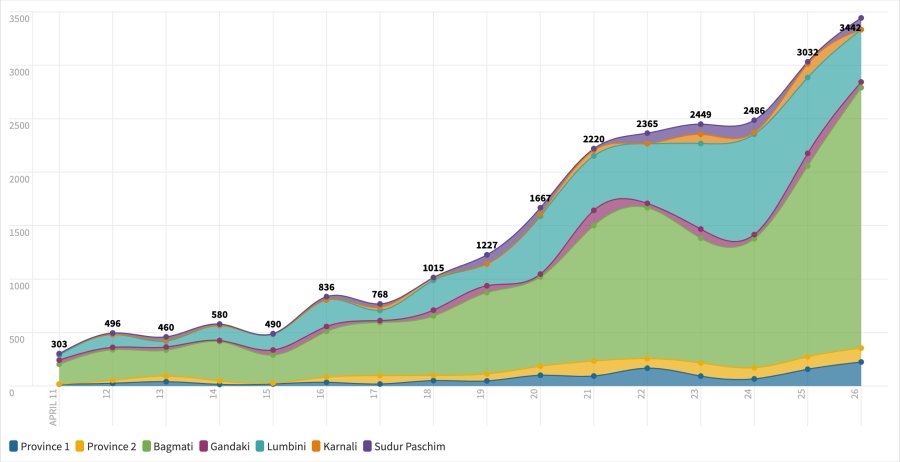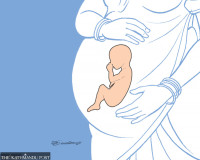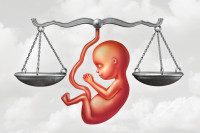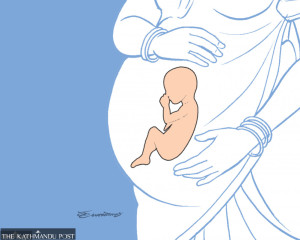Health
Back to square one, or even worse
No contact tracing even as the number of active cases crosses the 20,000 mark. Country reports 3,442 new cases and 12 deaths.
Arjun Poudel
On Sunday, there were at least six dozen active Covid-19 cases in Tarakeshwar Municipality, on the outskirts of Kathmandu. But none are in contact with municipality officials. Nor have the municipality officials inquired about their health and living conditions.
“We have not resumed contact tracing of the infected, which was stopped after last year’s Cabinet decision,” Janardan Adhikari, a health coordinator at the municipality, told the Post. “It is not only the case of our municipality, but the situation, I believe, is the same across the country.”
A Cabinet meeting held on October 5 last year had decided not to provide free testing and treatment to all. Later, the Supreme Court had ordered the government to perform free testing and treatment. However, the Health Ministry issued a separate guideline to provide free testing only to ‘symptomatic’ people.
Doctors and public health experts since the beginning have been saying that contact tracing is key to breaking the virus transmission chain. The three Ts–tracing, testing and treating–are considered the most effective way of containing the virus spread.
After cases started to rise around three weeks ago, a Cabinet meeting, chaired by Prime Minister KP Sharma Oli, on April 19 asked agencies concerned to conduct contact tracing and perform antigen tests on those coming in close contact of infected people and conduct polymerase chain reaction tests if their results come out positive. Apart from this, the Cabinet meeting also assigned local levels to set up quarantine facilities, isolation centres and monitor health conditions and movement of infected people and assist them to go to hospitals if needed.
But the decision does not seem to have been communicated to local levels.
“None of the agencies has communicated to us to collect swab samples of the people who come in close contact with the infected people,” Uddhav Prasad Kharel, mayor of the Budhanilkantha Municipality, told the post. “The Department of Health Services has not provided us with the viral transport media, an equipment used to collect, preserve and transport swab samples, in sufficient numbers. Local levels do not have resources to perform free testing and the Health Ministry has not declared that it will perform free testing.”
According to Kharel, he, along with several staff at the municipality, is currently at home after suffering from fever, cough and other Covid-19-like symptoms.
The municipality has neither set up quarantine and isolation centres nor it is prepared to collect swab samples.
The Covid-19 pandemic has exposed yet another system failure in Nepal, as the federal structure has not been effective in the fight against the virus. Analysts say despite electing three tiers of government, the centralised mindset has not gone away and decisions are taken and implemented, if they were to be implemented, from Kathmandu.
The National Public Health Laboratory, which has capacity to perform up to 3,500 polymerase chain reaction tests a day, performed only 151 tests on Monday. Apart from performing polymerase chain reaction tests, the national laboratory has a facility to perform polymerase chain reaction tests using a Gene Xpert machine, which is generally employed to test for tuberculosis.
The new method can detect the presence of the coronavirus in 45 minutes.
“We cannot take the laboratory to the settlements and local levels are not providing samples to us,” Dr Runa Jha, director at the laboratory, told the Post. “Without getting swab samples, we cannot perform tests.”
The laboratory has been performing tests on swab samples of those seeking tests voluntarily by paying fees–Rs1,000–on their own. Members of the public also go to private health facilities to get tested. But they go for tests whenever they feel necessary and asymptomatic patients usually do not get tested and could spread the virus, according to experts.
Many believe reports of new infections could have come down because the number of tests had come down. But the sudden surge in the cases is once again pointing at the need to expand tests.
In the earlier days, the national laboratory did not collect swab samples on its own. It used to perform tests on swab samples sent by local levels.
“We started collecting samples of people who visited us directly for tests so that we could continue tests, as health facilities operating at the local level stopped sending swab samples to us,” Jha told the Post.
But the national laboratory alone cannot collect samples and perform tests and that aside, it can conduct tests only for those who visit the facility.
It all starts with tracing followed by testing, say doctors. And accordingly the treatment begins for those who test positive.
Things are back to square one now.
Public health experts say spending money on tracing and testing is not an expenditure but an investment, as they save lives and the economy.
“Testing for coronavirus helps us to know the disease’s status, which is the first step to prevent the spread of the virus,” Dr Biraj Karmacharya, an epidemiologist, who is also the chief of the Department of Community Programmes at Dhulikhel Hospital, told the Post. “People will take precautions if they know their disease status, which ultimately helps us in containing the spread.”
According to Karmacharya, the situation has already gotten out of hand and Nepal currently is in No. 1 position across the globe when it comes to spreading the infection.
“Infection is multiplying rapidly in Nepal,” Karmacharya told the Post. “The virus has been spreading like a wildfire.”
Testing is required not only for the infected people but also for safety of family members, doctors say.
“Testing one person and performing effective contact tracing means saving dozens of people from getting infected and hospitalisation, which also reduces hospitalisation rate by 85 percent,” said Karmacharya.
On Monday, Nepal recorded 3,442 new cases. This is the second consecutive day that the positive cases surpassed 3,000 since November 5.
Of the total infected, 336 are under 20 years.
The Health Ministry said that 12 deaths were recorded in the last 24 hours, pushing the toll to 3,176. Active cases stand at 22,434 and the total number of cases has reached 303,561.
On Monday, 268 seriously ill patients were receiving treatment at intensive care units and 78 were on ventilator support.
Case positivity rate was around 28 percent on Monday. According to a report by Johns Hopkins Bloomberg School of Public Health, the percentage positive is a critical measure as it gives an indication on how widespread the infection is in areas where testing is occurring and whether levels of testing are keeping up with the levels of disease transmission.
The report said that percentage positive will be high if the number of positive tests is too high, or if the number of total tests is too low. In Nepal’s case, test numbers suggest both numbers of tests are too low and the positive percentage is too high, doctors say.
“No agency is taking the issue of contact tracing and testing seriously. What can we expect when a Cabinet decision does not get implemented in this country?” Dr Baburam Marasini, former director at the Epidemiology and Disease Control Division, told the Post. “Even after all health facilities are getting packed, there is no urgency, even for setting up quarantine facilities.”
According to Marasini, apathy towards regulating the border points was another reason for the current spike in coronavirus cases.
“Regulation of border points is needed not only in the time of a pandemic but also at other times,” said Marasini. “Had we learned lessons and regulated the border points, the virus might not have spread as it has now.”
Experts say the fundamental flaw in Nepal’s fight against the pandemic is that it never learned a lesson. After the cases started to decline last year, authorities became complacent.
Basic things like contact tracing, swab collection and testing were put on the back burner. There was a complete apathy, say local level representatives, that swab samples had to be thrown away after even state-run laboratories started demanding a fee to conduct tests.
“Last year, we were forced to destroy swab samples of over 400 people who came in close contact with infected people. There was no testing,” an official serving at Budhanilkantha Municipality told the Post requesting anonymity as he was not allowed to speak to the media.
Officials serving at local level say without the commitment that tests would be performed and results would be handed over to the people, they cannot collect swab samples and resume contact tracing, as they would have to answer to the people.
But Dr Samir Kumar Adhikari, joint spokesperson for the Health Ministry, insisted that the local level governments should collect swab samples, monitor the movement of the infected people and take restrictive measures.
“We have three tiers of government in place and all of them have certain responsibilities,” said Adhikari. “What can the Health Ministry alone do when local governments do not do a simple job like collecting swab samples.”




 15.24°C Kathmandu
15.24°C Kathmandu














